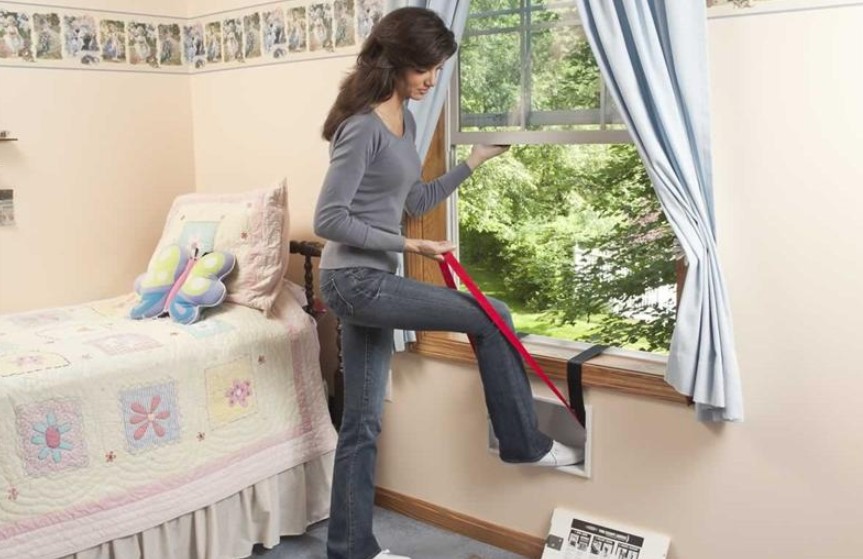
Introduction to Cradle Cap
Cradle cap, also known as infantile seborrheic dermatitis, is a common skin condition that affects many newborns. It appears as crusty, yellow or brown scales on the scalp, sometimes accompanied by redness or inflammation. While cradle cap is harmless and typically resolves on its own, it can cause discomfort for babies and concern for parents.
What Causes Cradle Cap?
Cradle cap occurs due to the overproduction of sebum, the natural oil produced by the skin, which leads to the accumulation of dead skin cells. It is not fully understood why some infants develop cradle cap, but contributing factors may include:
- Excessive Sebum Production: Babies have active sebaceous glands, which can lead to an overproduction of oil.
- Yeast: The presence of a common yeast, Malassezia, on the skin may contribute to cradle cap.
- Hormones: Hormonal changes in newborns, particularly in the first few months of life, may play a role.
Signs and Symptoms
Recognizing the signs and symptoms of cradle cap is essential for early intervention. Common indicators include:
Visual Symptoms
- Flaky, Crusty Patches: The scalp may develop thick, greasy, or crusty patches that may appear yellow or brown.
- Redness: Some infants may experience redness or inflammation around the affected areas.
- Scaling: The scales may flake off, leaving behind smaller particles on the scalp or in the hair.
Physical Symptoms
- Itching: Cradle cap can cause mild to moderate itching, leading to discomfort for the infant.
- Hair Loss: In severe cases, cradle cap may lead to temporary hair loss in the affected areas.
Treatment Options
While cradle cap typically resolves on its own within a few months, there are several treatment options available to manage symptoms and promote healing.
Gentle Cleansing
- Regular Washing: Gently wash your baby’s scalp with a mild, fragrance-free baby shampoo to remove excess oil and scales.
- Soft Brushing: Use a soft brush or comb to gently loosen and remove scales from the scalp. Avoid picking or scratching, as this can lead to irritation.
Moisturization
- Natural Oils: Applying natural oils, such as coconut oil or almond oil, to the affected areas can help moisturize the scalp and loosen scales.
- Petroleum Jelly: Petroleum jelly can also be applied to the scalp to soften scales and prevent further crusting.
Medical Interventions
- Medicated Shampoos: In cases of severe cradle cap or persistent symptoms, your pediatrician may recommend medicated shampoos containing ingredients like ketoconazole or selenium sulfide.
- Topical Steroids: In rare cases, topical steroids may be prescribed to reduce inflammation and itching.
Preventive Measures
While cradle cap cannot always be prevented, there are steps parents can take to reduce the risk of its occurrence.
Regular Hair Care
- Frequent Washing: Wash your baby’s hair regularly with a mild shampoo to prevent the buildup of oil and dead skin cells.
- Gentle Brushing: Use a soft brush or comb to gently massage the scalp and prevent the accumulation of scales.
Maintaining a Healthy Environment
- Humidifier: Using a humidifier in your baby’s room can help maintain optimal humidity levels, preventing dryness and flakiness.
- Avoid Harsh Products: Avoid using harsh soaps or skincare products that may strip the skin of its natural oils.
Conclusion
Cradle cap is a common and usually harmless condition that affects many infants in their first few months of life. While it may cause discomfort and concern for parents, it typically resolves on its own with gentle care and time. By understanding the causes, symptoms, and treatment options for cradle cap, parents can effectively manage the condition and provide relief for their little ones.
FAQs
- Is cradle cap contagious? Cradle cap is not contagious and cannot be passed from one person to another.
- Can cradle cap spread to other parts of the body? While cradle cap typically affects the scalp, it can occasionally spread to other oily areas of the body, such as the eyebrows or behind the ears.
- When should I see a doctor about cradle cap? If your baby’s cradle cap is severe, persistent, or accompanied by other symptoms such as redness or swelling, it’s best to consult a pediatrician for further evaluation and treatment.
- Can adults get cradle cap? While cradle cap is most common in infants, it can occasionally occur in adults, especially those with oily skin or certain medical conditions.
-
Are there any home remedies for cradle cap? Some parents find success with home remedies such as applying natural oils or using gentle brushing techniques to loosen scales. However, it’s essential to consult with a healthcare professional before trying any new treatments on your baby’s skin.







